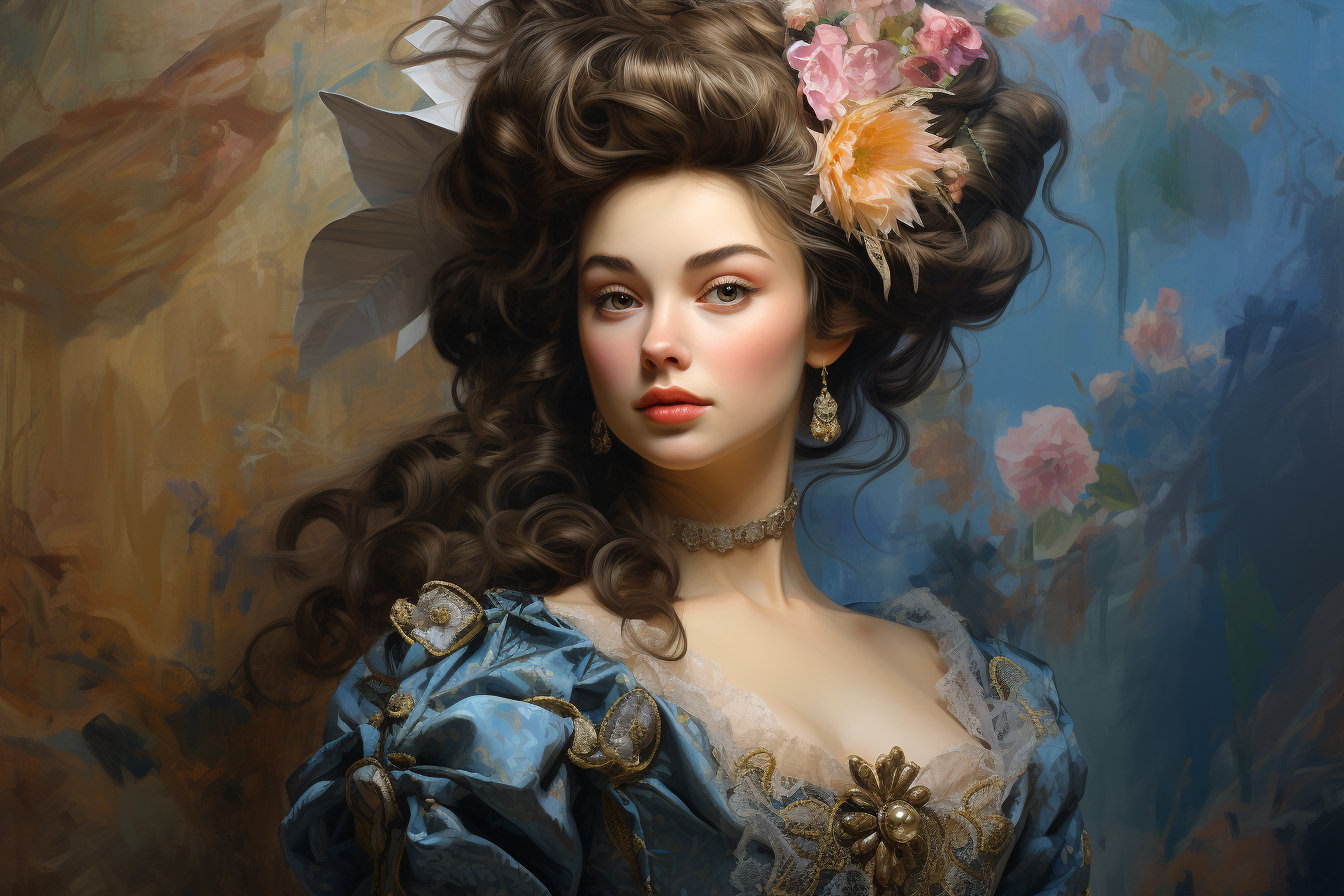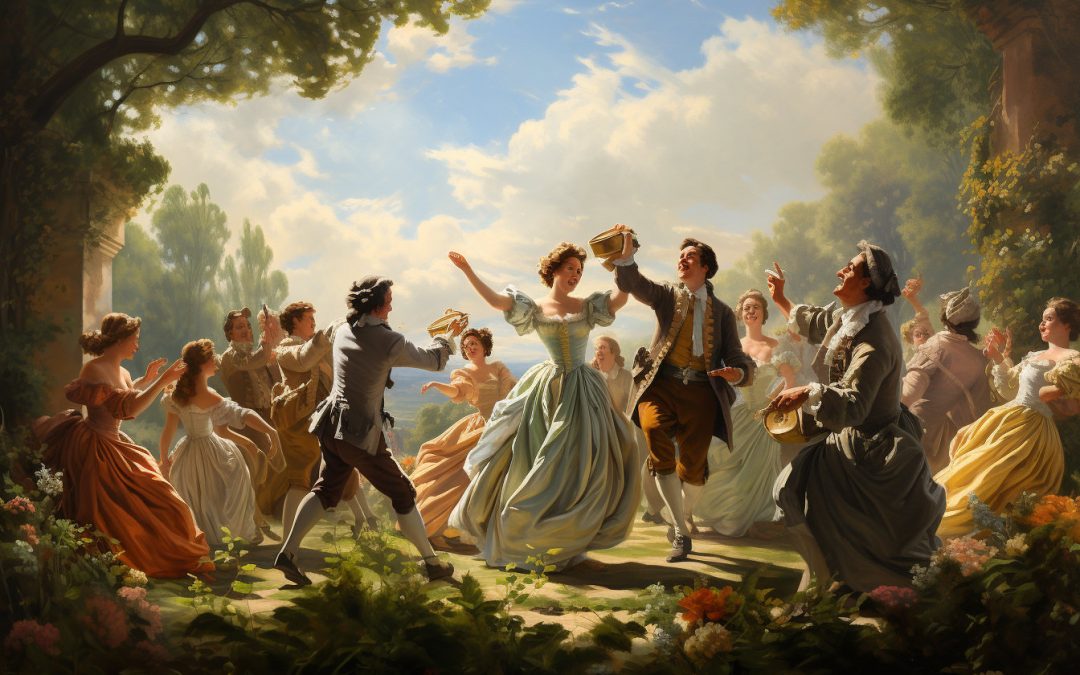Rococo: The Playful Art Movement of the 18th Century
The Rococo style, flourishing from the early 1730s to the late 1780s, was an artistic movement that sought to break free from the grandiosity of Baroque. Characterized by its lightness, grace, playfulness, and ornamentation, and emerged as a direct reaction to the heavy and monumental Baroque style. It’s a journey into a world of pastel colors, intimate scenes, and delicate motifs. Let’s delve into the enchanting realm of Rococo fine art.
Defining Characteristics of Roccoco
Ornamentation: Rococo art is laden with intricate and ornate details, often featuring shell-like curves and decorative motifs.
Pastel Colors: The palette favored soft, muted pastels, creating a dreamy, ethereal look.
Intimacy: Unlike the grand scenes of Baroque, Rococo focused on intimate and often playful scenarios, frequently set in domestic environments.
Nature-inspired: Flowing lines, floral motifs, and naturalistic forms are key elements in the designs.
Notable Forms
Architecture: Rococo buildings are notable for their decorative art, asymmetrical designs, and light interiors. The Amalienburg hunting lodge in Germany is a quintessential example of the architecture style.
Painting: Paintings often depicted romantic love, mythical scenes, and everyday life, evoking a sense of charm and lightheartedness. Jean-Honoré Fragonard’s “The Swing” captures the playful and flirtatious essence of this era.
Decorative Arts: The movement strongly influenced interior design, furniture, porcelain, and tapestries. Delicate curves, ornamental detailing, and floral patterns were highly prevalent.
Key Figures from the Roccoco era
Jean-Honoré Fragonard: Best known for his lighthearted and fluid paintings, Fragonard’s works encapsulate the essence of Rococo playfulness.
François Boucher: His canvases, often filled with young women set against pastoral or mythological backdrops, are notable for their dreamy quality.
Madame de Pompadour: Not just an influential patron of the arts, she also emerged as an iconic figure in the art and culture.
Conclusion: The Delicate Allure of Rococo
With its emphasis on personal pleasure and light-hearted frivolity, provided a refreshing contrast to the solemn grandeur of Baroque. Its delicate aesthetic and focus on the joys of life give it a timeless charm. Though it was relatively short-lived, replaced by the gravitas of Neoclassicism, the Rococo style remains a testament to the art of elegance and delight.
Delving into Rococo is like stepping into a dreamy world, where art isn’t bound by solemnity but is instead a celebration of the lighter side of life.



